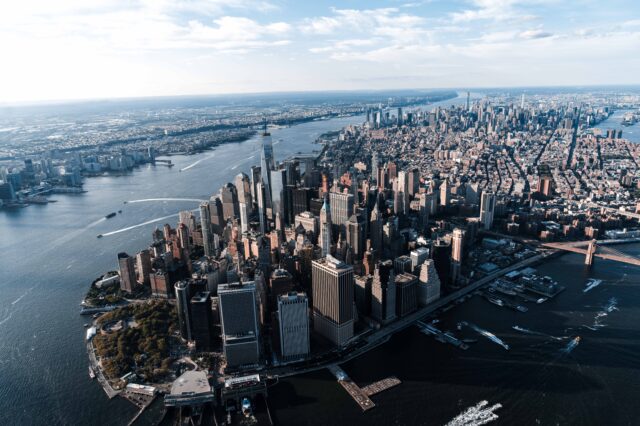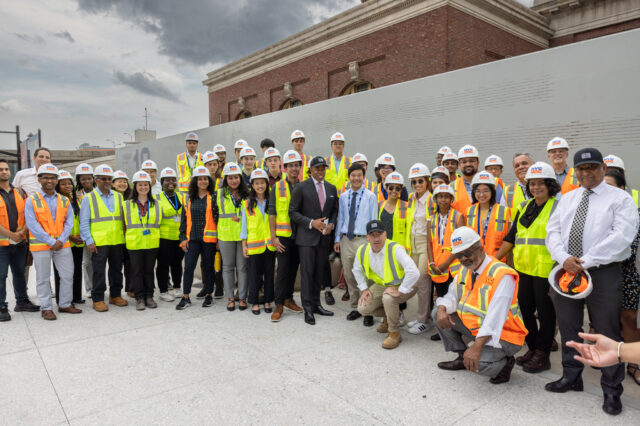Protecting and Restoring Natural Areas
NYC Parks partnered with the Natural Areas Conservancy (NAC) to develop the Forest Management Framework, a 25-year roadmap to restore and take care of the agency’s 7,300 acres of forested natural areas. The framework aims to ensure safe, high-quality public access to nature for every New Yorker and protect New York City’s biodiversity and unique forest communities. NYC Parks also collaborated with NAC to develop the Wetlands Management Framework, which provides a 30-year roadmap for the preservation, restoration, and management of all wetlands and streams in New York City. The framework has a particular focus on the wetlands under the care of NYC Parks—about half of New York City’s 5,650 acres of wetlands. The framework builds on decades of successful wetlands restoration on parkland and calls on new techniques and integrated, watershed-based approaches.
Planting and Protecting Our Urban Forest
NYC Parks looks after two million trees in our parks, as well as 600,000 more on our streets. In 2007, the City launched the ambitious MillionTreesNYC initiative—to plant and care for one million trees in New York City. In 2015, with support from New York Restoration Project, additional partners, many volunteers, and nearly 50,000 New Yorkers who helped plant trees in our parks, on neighborhood streets, and in their own backyards, we planted our millionth tree. This initiative expanded the City’s urban forest by 20%, and the City has continued to grow our urban tree network since. Nearly a quarter million new trees have been planted through NYC Parks since 2016, and the agency currently plants about 16,000 to 18,000 street and park trees and 16,000 trees in natural areas per year.









